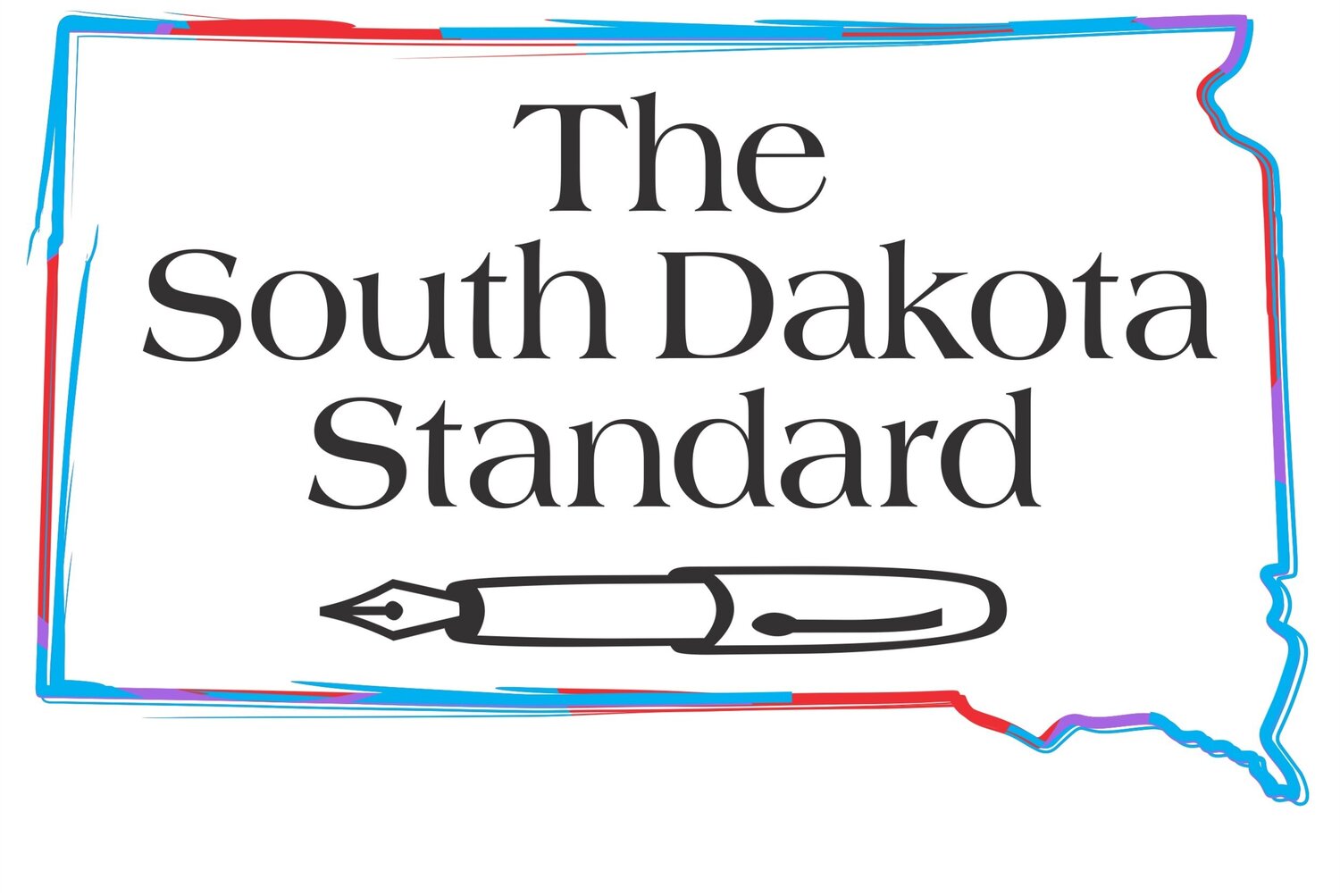Rapid City financial advisor Rick Kahler: On a relative basis, U.S. health care costs are not as bad as you think
The high costs associated with health care in the United States (up 48% from 2013) are obvious to anyone who scrutinizes a medical bill.
A study conducted by the Commonwealth Fund in January 2023 compared U.S. health care costs with those in other developed nations, the majority of which have some form of universal health care. The U.S. was the most expensive. On average, an American spends more than $10,687 annually on health care (as exemplified by the above public domain photo posted on wikimedia commons), constituting a staggering 17.8% of the GDP. In contrast, citizens in other developed countries spend approximately $5,014 per year, which is a median of 11.5% of their total GDP.
Despite the higher expenditure, a 2018 Kaiser Foundation study found that Americans have fewer physician consultations, with an average of about 3.9 per person per year—well below the 7.6 average in the other countries studied. American hospital stays also averaged 6.1 days, compared to an average 10.2 days in other nations.
The Kaiser study also looked at the costs of expensive drugs and various medical procedures, such as angioplasty, coronary bypass surgery, MRI exams, colonoscopies, appendectomies, and knee replacements. Costs in the U.S. were notably higher. A single knee replacement, for example, averaged $28,184 here compared to $15,941 in Australia.
What do Americans receive in return for our considerable spending? Our healthcare system tends to foster more innovation than many others, including medical research, biotechnology, innovative drugs, medical devices, gene therapy, and regenerative medicine. Yet despite the substantial financial investment, the United States has the lowest life expectancy among the eight highest-income countries.
We can’t end the story there, as many do. Any comparison of a country’s health care costs must also consider any differences in tax burdens.
Many European countries with comprehensive "cradle to grave" universal health systems have significantly higher taxes than the U.S. Among the 34 members of the Organization for Economic Co-operation and Development, the U.S. ranked sixth for the lowest taxes (behind Colombia, Costa Rica, Chile, Mexico, and Ireland) as a percentage of GDP.
According to data from the OECD Revenue Statistics in 2023, taxes at all levels of government in twelve European countries accounted for a median of 41.9 percent of GDP. In comparison, U.S. taxes represented 27.7 percent of GDP in 2022. Notably, these 12 countries generally provide more extensive government services than the U.S. does.
If Americans pay 17.8% of GDP in health care costs and 27.7% of GDP in taxes, that’s a total of 45.5% of GDP. The twelve European countries pay a median of 11.5% of GDP on health care and 41.9% of GDP in taxes, which is 53.4%. That finds Americans spend 7.9% less of GDP on health care and taxes than those in the other countries.
If this savings was applied to the 17.8% Americans pay in GDP for health care, the U.S. is paying a net of 9.9% of GDP for health care, almost 15% less than the 11.5% spent by other countries. This means Americans could pay 15% more on taxes or medical costs, just to be equal in spending with these 12 countries.
Another point often overlooked is that, according to U.S. Census Bureau numbers from 2022, one-third of us are on government-funded health care and about two-thirds have private insurance. Additionally, many Americans with private insurance currently qualify for health insurance premium subsidies.
Let me be clear, the U.S. health care system needs to address many significant challenges, including bloated costs, gaps in insurance coverage, and systemic inefficiencies. Yet, when we factor in the relative tax rates in the U.S. and other developed countries, our health care costs start to look like a good deal.
Rick Kahler, CFP, is a fee-only financial planner and financial therapist with a nationwide practice, Kahler Financial Group, based in Rapid City. His co-authored books include Coupleship Inc. and The Financial Wisdom of Ebenezer Scrooge.







